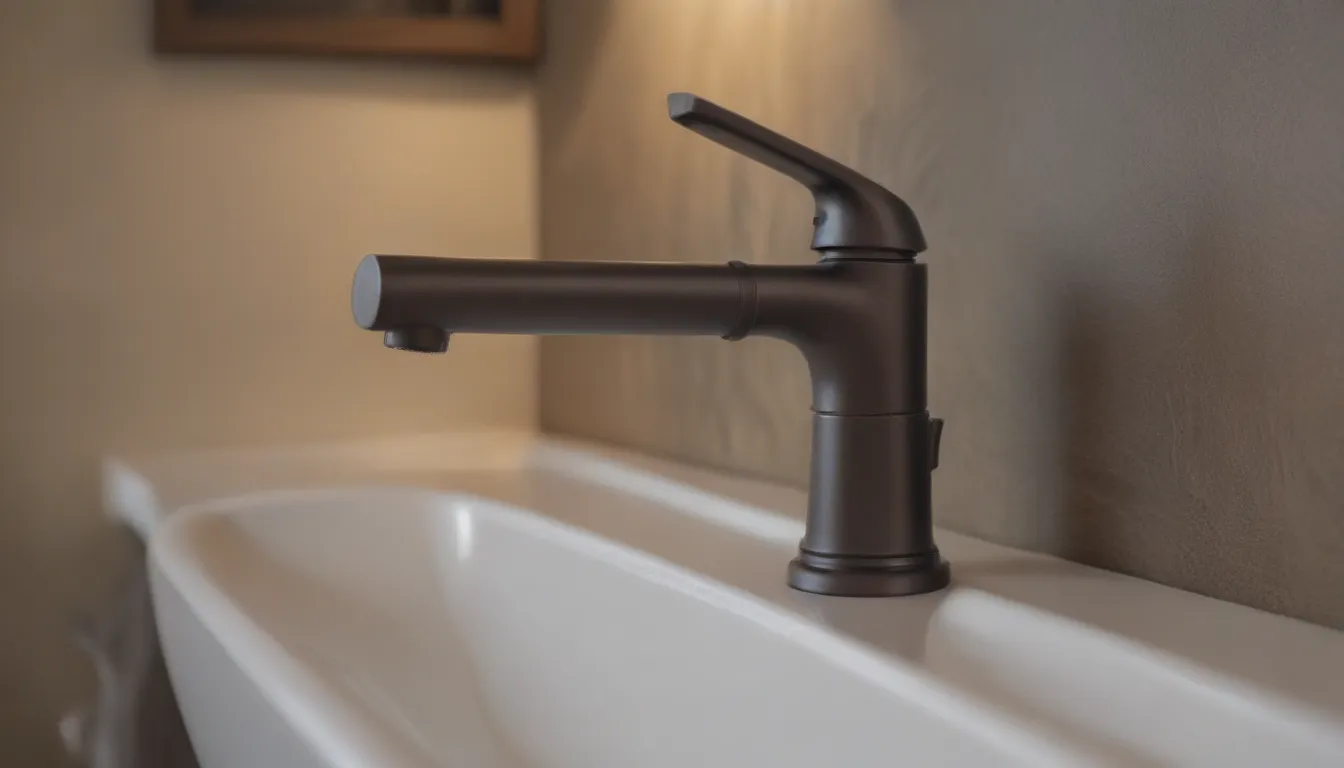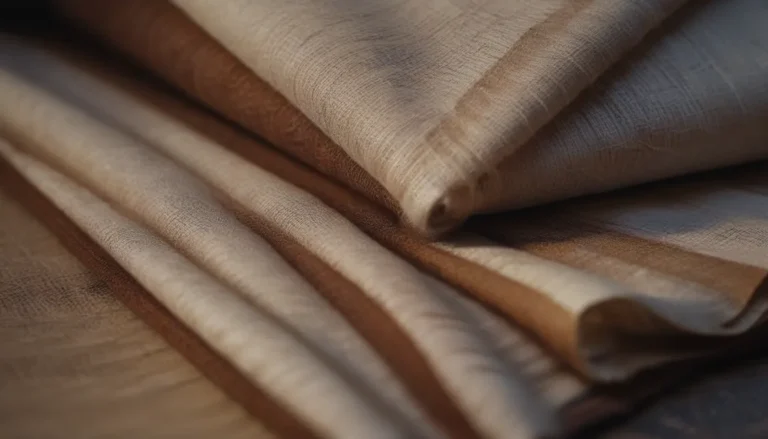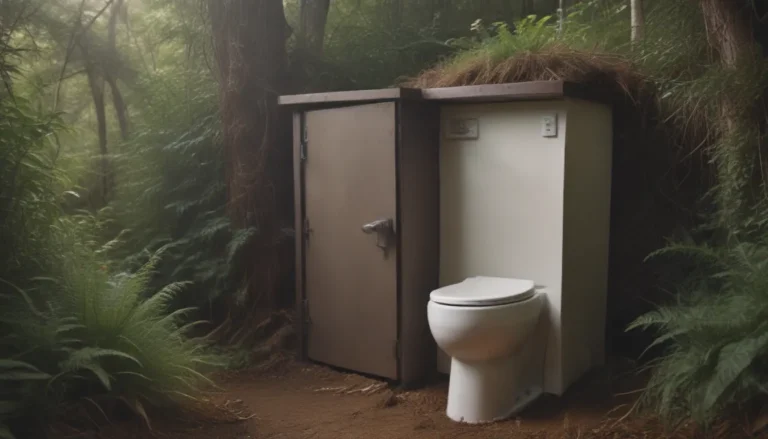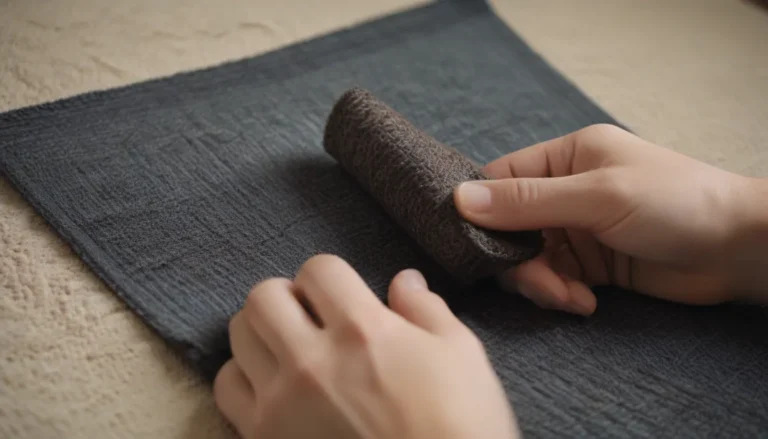How to Choose the Right Faucet for Your Home

When it comes to selecting a faucet for your kitchen, bathroom, laundry room, or any other area in your home, it’s essential to understand the different types available on the market. A faucet may seem like a simple item, but the inner workings can vary significantly between types, affecting its durability, maintenance needs, and overall performance. In this comprehensive guide, we will explore the four main types of faucets and provide you with valuable information to help you choose the best one for your needs.
Types of Faucets
1. Ball Faucet
Best for:
– Kitchens and bathrooms
Ball faucets are a common choice for kitchen sinks and were one of the first types of washerless faucets. They are distinguished by a single handle that moves over a rounded ball-shaped cap above the base of the faucet spout. The interior of a ball faucet contains a special plastic or metal ball that controls the flow and mixing temperature of the water. While ball faucets are durable on the outside, they may require more maintenance due to the number of parts inside. They are also more prone to leaking compared to other washerless faucets.
Pros:
– Sleek single handle design
– Affordable option
– Most common type of faucet for kitchens
Cons:
– Tends to leak
– Many complicated internal parts
– Can be challenging to pinpoint leaks
2. Disc (or Disk) Faucet
Best for:
– Kitchens and bathrooms, ideal for people with grip issues
Disc faucets utilize ceramic discs in a pressure balance cartridge to control the volume and temperature of water flow. They feature a single lever over a wide cylindrical body, allowing for easy operation and precise temperature control. While disc faucets are known for their reliability, high quality, and resistance to extreme temperatures, they tend to be more expensive than other types of faucets.
Pros:
– Newer and more reliable technology
– Stands up to extreme temperatures
– Ideal for individuals with arthritis or grip challenges
Cons:
– Discs may break or erode over time
– More expensive than traditional faucets
– Takes time to get used to the feel of the faucet
3. Cartridge Faucet
Best for:
– Kitchens and bathrooms
Cartridge faucets feature a smooth and consistent operation, allowing for easy on/off control with a half-turn handle. They are equipped with durable cartridges that are relatively easy to replace, reducing maintenance requirements compared to other faucet types. However, replacement cartridges for some brands can be costly, so it’s essential to consider long-term maintenance costs when choosing a cartridge faucet.
Pros:
– Smooth operation
– Durable cartridges
– Easy to fix and maintain
Cons:
– Hard water deposits can block cartridges
– Seals at the bottom of cartridges may fail
– Replacement cartridges can be expensive
4. Compression Washer Faucet
Best for:
– Utility sinks, older homes
Compression washer faucets have been a staple in indoor plumbing for centuries, commonly found in older homes and utility sinks. While they are the least expensive option upfront, they are more prone to leaks and require regular maintenance. Compression washers operate by tightening the handles to close off water flow, using a washer to press against a valve seat. While they may require more maintenance than other types, replacement parts for compression washer faucets are generally inexpensive.
Pros:
– Low cost
– Fits aesthetics of older homes
– Easy to repair
Cons:
– Prone to leaks
– Higher maintenance than other types
– Older technology
Factors to Consider When Choosing a Faucet
When selecting a faucet for your home, here are five additional factors to consider:
- Durability:
-
Consider the lifespan of the faucet and how often it may need repairs or replacements.
-
Maintenance:
-
Evaluate the maintenance requirements of the faucet, including the cost of replacement parts.
-
Style:
-
Choose a faucet that complements the design and aesthetics of your space.
-
Functionality:
-
Ensure the faucet functions smoothly and meets your specific needs, such as temperature control and ease of use.
-
Cost:
- Compare the initial cost of the faucet with long-term maintenance expenses to determine the overall value.
By considering these factors and understanding the different types of faucets available, you can make an informed decision when choosing a faucet for your home. Whether you’re renovating, repairing, or simply looking to upgrade, selecting the right faucet can enhance the functionality and style of your space. Take your time to research and explore the options to find the perfect faucet that meets your needs and preferences.
In conclusion, faucets play a crucial role in our daily lives, providing us with access to clean water for various tasks. By choosing the right faucet for your home, you can improve efficiency, convenience, and overall aesthetics. Hopefully, this guide has provided you with valuable information to help you navigate the world of faucets and make an informed decision. Happy faucet shopping!





